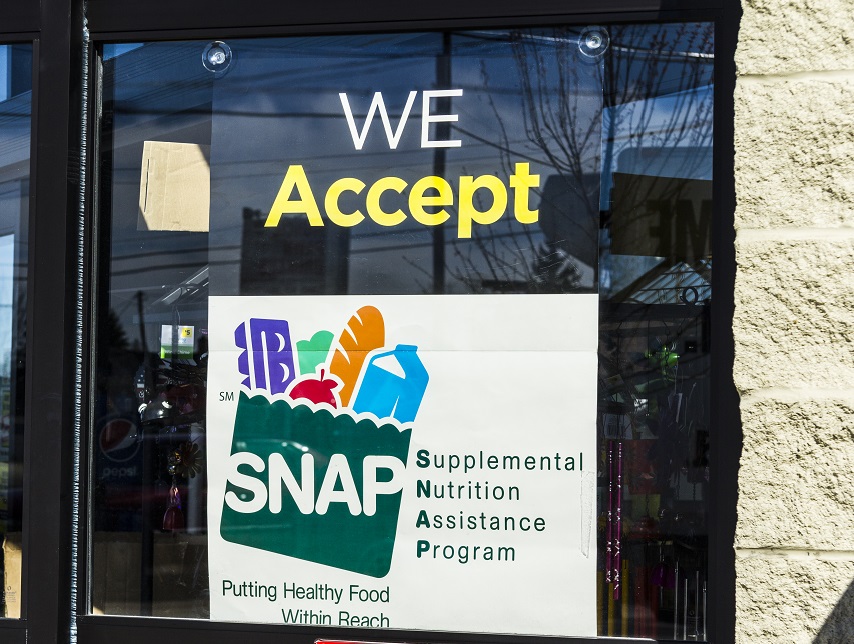
Stay on top of the latest news and research
Make sure you have all the facts about hunger and the federal nutrition programs.
Recent Publications & Data
See More Resources- Fact Sheet
FRAC’s school meals fact sheets include data on the reach of school breakfast and school lunch in every state during the 2023-2024 school year.
Explore - Guide
Learn more about available federal grants and other funding opportunities to expand young children’s access to local foods in this guide from FRAC, the Association of State Public Health Nutritionists, National Farm to School Network, and Policy Equity Group.
Download the guide - Fact Sheet
Launched in 2011 as a demonstration project and made permanent in 2023, Summer EBT provides families with $120 per eligible child to buy groceries during the summer. Despite Summer EBT’s many benefits, some states are choosing to reject the federal funding available through the program and instead implement state-funded programs that reach significantly fewer children. Summer EBT is a proven, cost-effective way to reduce summer hunger and improve nutrition while strengthening local economies.
Read more - Guide
Nine states have already shown the country what’s possible by passing Healthy School Meals for All policies—and now it’s your turn. FRAC’s Healthy School Meals for All State Advocacy Guide, is a comprehensive resource designed to support advocates in launching and advancing campaigns in their own states. Explore key strategies, tools, and lessons learned from successful efforts across the country in this step-by-step guide.
Download the guide

